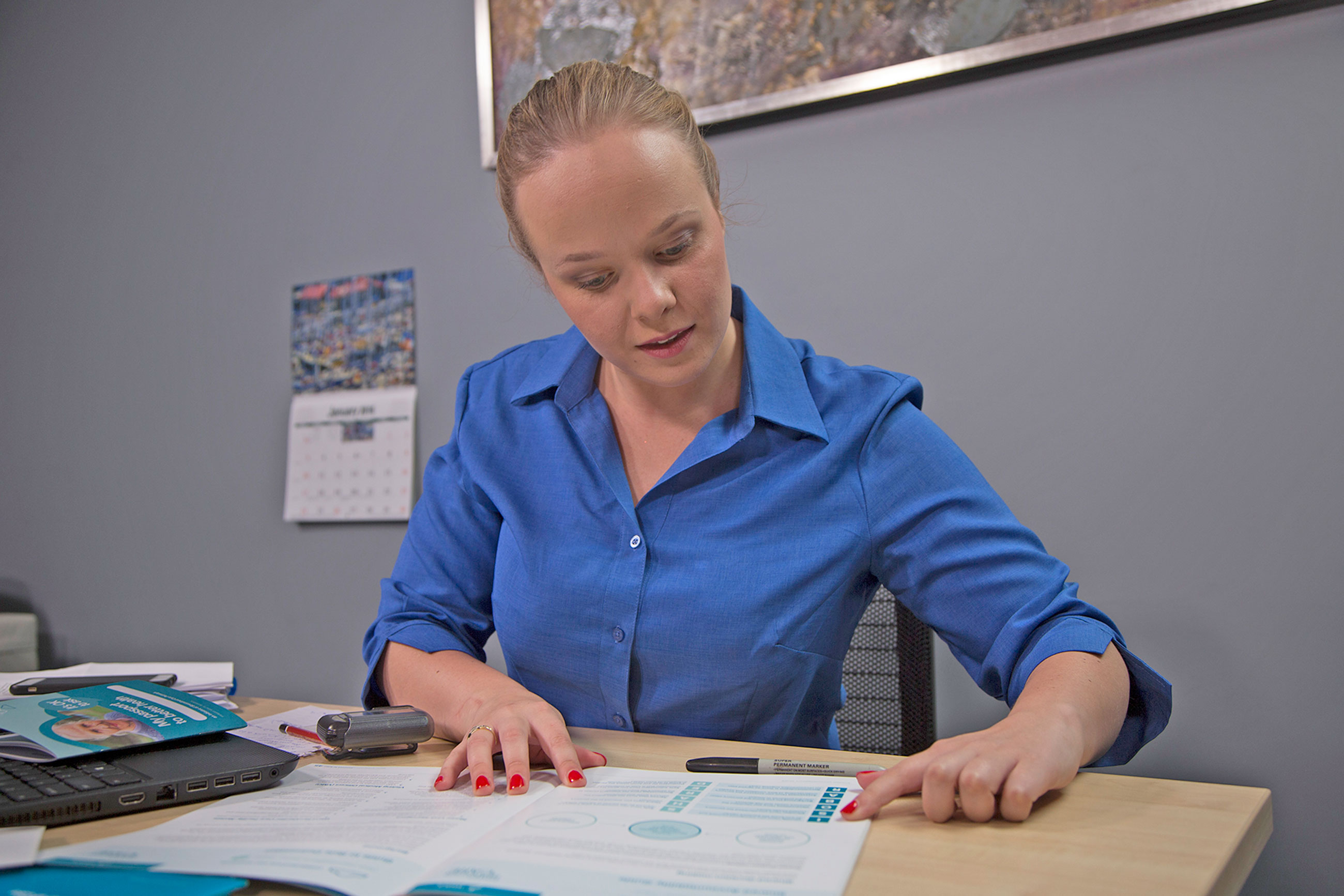What is good care coordination
When a person with multiple health issues has to engage with several health and community service providers, they may become frustrated and confused, despite these providers each working for the best outcome for that person.
When an effective care coordinator becomes involved, they become the key link in supporting the person to connect with these services and help services to connect with each other.
With the support of the care coordinator, important information can be shared, appointments can be scheduled, and positive relationships can be developed. Collectively, all parties can then form a strong healthcare partnership.
An effective care coordinator communicates the person's needs and preferences at the right time and to the right people. This collaborative communication reinforces the understanding that the person and their family are at the centre of the partnership.
Care coordinators previously interviewed by Primary Health Tasmania described successful care coordination as being a state where the care coordinator and the person establish a plan for the person's ongoing care needs that both agree on, and the person is comfortable working towards with minimal input from the care coordinator.1
A care coordinator needs to:
- Establish accountability and agree who is responsible for the person at each phase of their care. Make clear the responsibility of providers of the person's care for a particular aspect of that care, and indicate who is primarily responsible for which coordination activities, the extent of that responsibility and when that responsibility will be transferred to other care participants.
- Communicate and share information between providers and with the person, their family and carers. Conditional on consent being given by the person, share knowledge among providers of a person's care.
- Support transfers of care when they occur. When handover occurs or referrals are made, ensure timely and complete transmission of information and responsibility across settings of care and as coordination needs change.
- Assess the person's needs and goals, noting all aspects of health, health history, health literacy and self management, and current treatment recommendations (including prescribed medications) and the need for support services.
- Create with the person and their family a proactive care plan, noting the input of their care team. Ensure that the plan outlines the person's current and longstanding needs and goals for care, and identifies coordination gaps.
- Monitor and follow-up the person frequently to respond to changes in needs. Assess progress toward care and coordination goals and identify and act upon successes and failures in care.
- Support the person in their self-management. Tailor education and support to align with the person's capacity for and preferences about involvement in their own care.
- Support person education, health literacy and links with information and resources.
- Work to align resources with the person and population needs. Allocate health and community resources according to those needs, mindful of the finite nature of health resources and the need to balance resource allocation for the individual with the needs of other people within the population.2
- 1. KP Health: A model for improving coordination of care: Pg 53
- 2. McDonald KM, Sundaram V, Bravata DM, et al. Conceptual frameworks and their application to assessing care coordination. In: Shojania KG, McDonald KM, Wachter RM, and Owens DK, eds. Closing the quality gap: A critical analysis of quality improvement strategies. Technical Review 9 (Prepared by Stanford-UCSF Evidence-Based Practice Center under contract No. 290-02-0017). Vol 7, Chapter 5. Rockville, MD: Agency for Healthcare Research and Quality, June 2007. AHRQ Publication No. 04(07)-0051-7.


